The natural wonders of Bout du Lac d’Annecy
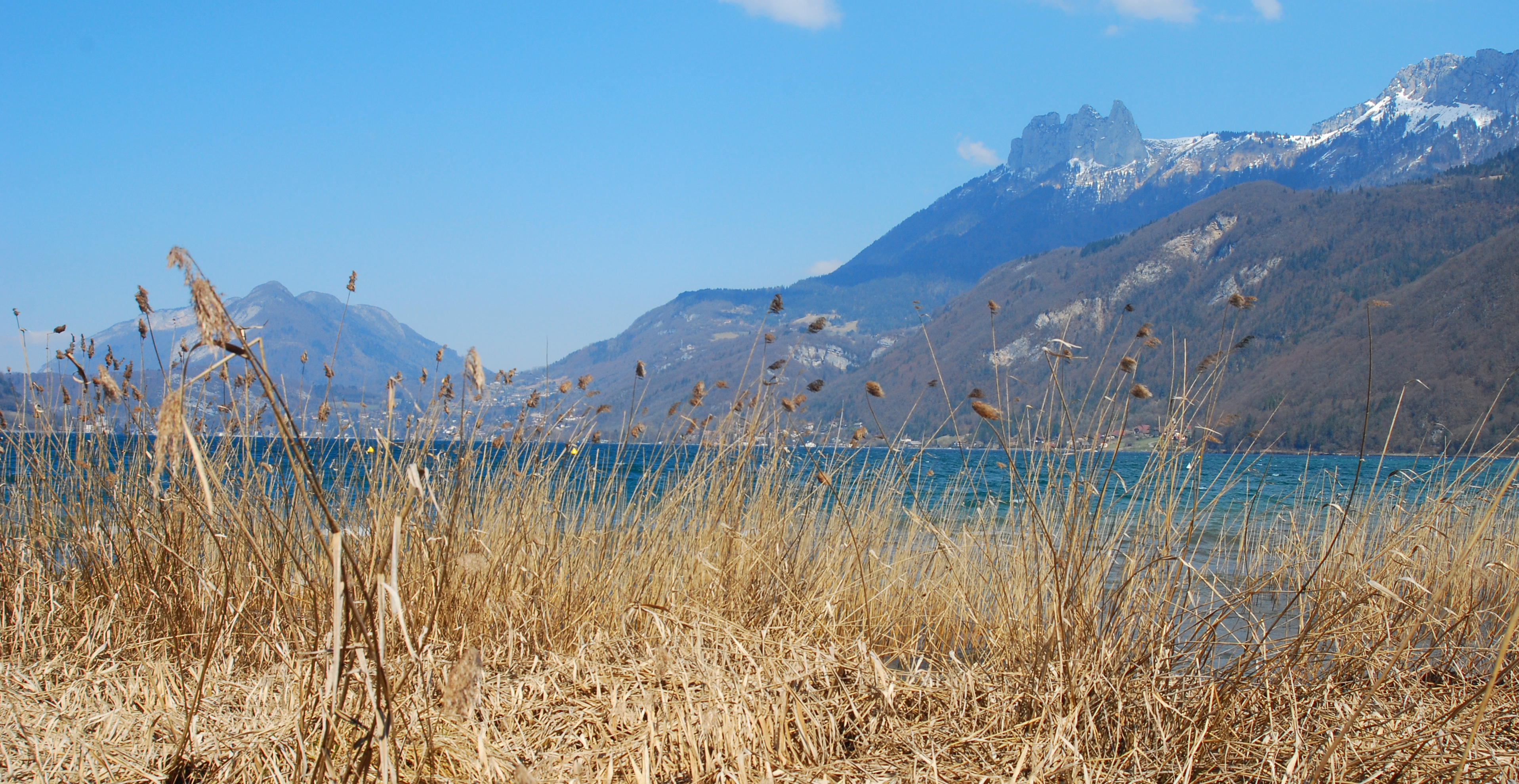
Doussard
The natural wonders of Bout du Lac d’Annecy
Very easy
1h
3km
+10m
-10m
Embed this item to access it offline
A delightful walk through the marshes of the nature reserve at the Bout du lac d'Annecy. You'll pass through an alluvial forest, a humid meadow and reed beds on a discovery trail built on wooden stilts. And don't forget your binoculars if you want to observe nesting birds or wintering ducks.
Attachment
- Downloadpdf
bout-du-lac-dannecy-la-reserve-naturelle
Credit: Points d'intérêts du parcours - Asters-CEN74
8 points of interest
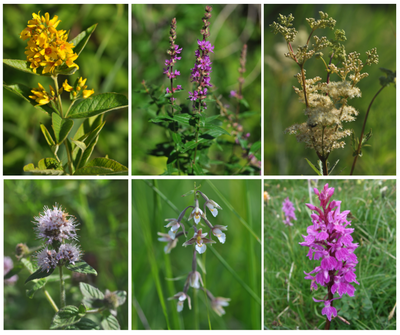
 Flora
FloraWet meadows
A natural environment home to typical marsh species: - lysimachia with its lovely yellow flowers (same family as primroses) - purple loosestrife, with its clusters of pink flowers - meadowsweet, known for its medicinal properties - water mint, with its very pleasant scent Of course, these environments are home to many other plant species, including orchids such as the Marsh Helleborine and the Marsh Orchid (Anacamptins palustris). Photo: Lysimachia - loosestrife - meadowsweet - water mint - marsh helleborine - marsh orchid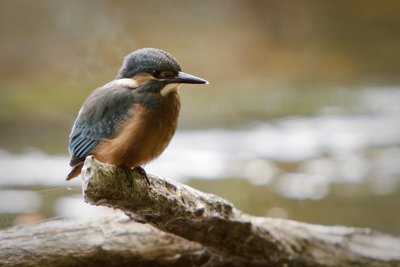
Laurent Théophile  Fauna
FaunaThe Common Kingfisher
Look out on the perches by the water and you might just spot a kingfisher, a beautiful, vibrantly-coloured bird. It is an unrivalled fisherman, always on the lookout for small fish. It dives like a torpedo deep into the water to catch fish to nourish itself. Often all you can see is the turquoise glint of its feathers as it glides like lightning onto its next feeding ground.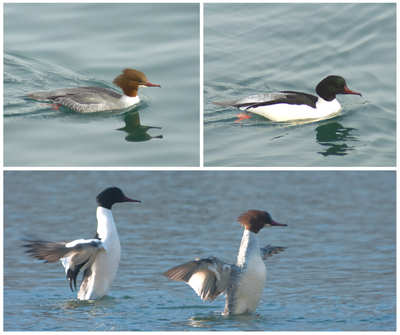
 Fauna
FaunaThe Goosander
Can you recognise at a glance which is the female? The female goosander has a brown head and a grey and white body, while the male has a dark green head and a black and white body. The goosander is not a duck but a fish-eating aquatic bird. It is an iconic species in Haute-Savoie, as it breeds in only 5 provinces in France. It is a good diver and it nests in cavities, such as old tree trunks.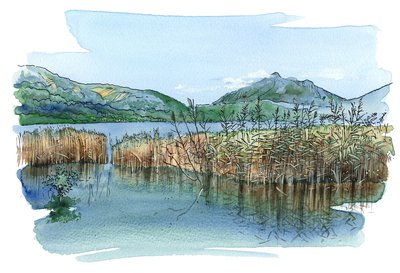
Illustration Jean-Luc Fouquer  Flora
FloraReedbeds
Reedbeds represent a vibrant and fertile environment, providing refuge for many species of fish. They are also ideal nesting grounds for numerous passerines, such as the verderolle and effarvatte warbler. Maintaining these fragile environments requires a natural tidal range (variation in the water level of the lake) throughout the seasons.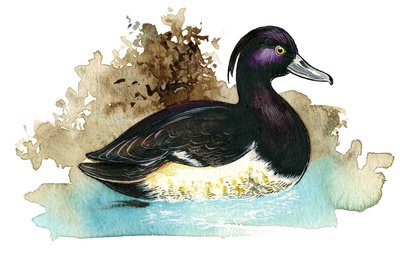
Fuligule Morillon - JL Fouquer  Fauna
FaunaLake of Annecy birds
This medieval tower is an ideal vantage point for observing water birds. Great crested grebe, goosander, common coot, heron - many species enjoy the calm of the aquatic reeds and take refuge there. Wintering ducks such as the ruddy duck, the tufted duck and the common pochard overwinter at the mouths of the Ire and the Eau Mort rivers.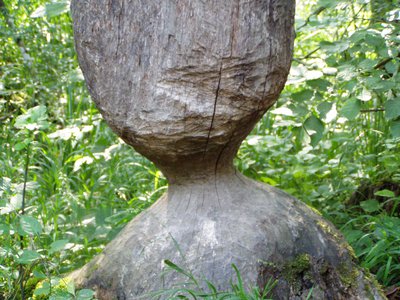
 Fauna
FaunaSigns of the beaver presence
The beaver uses wood to build its burrow-lodge and eats leaves and tree bark. Have a look around you at all the willow trunks that have been gnawed by beavers. This animal, which was reintroduced to the lake in 1972, now inhabits Lake Annecy from north to south, all the way to the Giez marshes.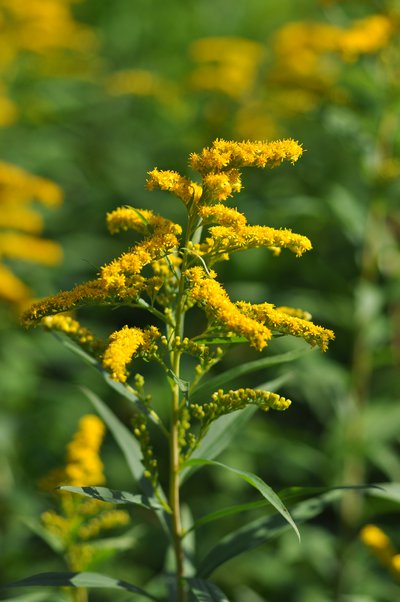
@MalorieParchet  Flora
FloraInvasive non-native plants
Solidago, butterfly bush, Japanese knotweed, Himalayan balsam, all these garden escapees are causing problems today because they are displacing our wild plants. These are aggressive plants that compete with other species, upsetting the local ecological balance. The Conservatoire d'espaces naturels de Haute-Savoie, which manages the nature reserve, regularly calls on volunteers to uproot these invasive plants in order to preserve the local vegetation.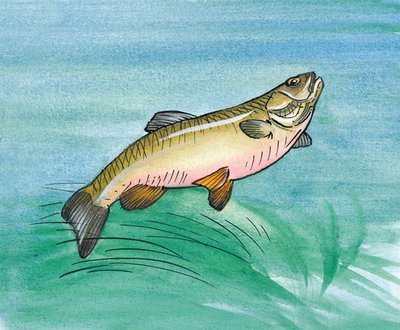
JL Fouquer  Fauna
FaunaThe Common Chub
The common chub is a freshwater fish that generally stays at the surface of the water in summer and takes shelter at the bottom when the weather turns cold. Young chubs tend to be social and live in shoals, while adults are more solitary. They always seem to have an empty stomach and are always on the lookout for any food the river may bring.
Description
Cross the beach and follow the path. Take the pontoon and continue along the path as far as the River Ire footbridge. After the footbridge, turn left onto the broad track. Continue along the boardwalk between the reed beds as far as the beaver observation point. Continue on the path alongside the river (Eau morte). Turn right onto the wooden stilts. Cross the main path to the footbridge and retrace your steps.
- Departure : Parking « plage de Doussard »
- Arrival : Parking Plage de Doussard
- Towns crossed : Doussard
Altimetric profile
Sensitive areas
Along your trek, you will go through sensitive areas related to the presence of a specific species or environment. In these areas, an appropriate behaviour allows to contribute to their preservation. For detailed information, specific forms are accessible for each area.
- Impacted practices:
- Aerial, Aquatic, , Land
- Contact:
- Asters - Conservatoire d'espaces naturels de Haute-Savoie
contact@cen-haute-savoie.org
Recommandations
Please note that no dogs are allowed in the reserve, even on a leash. Bicycles and scooters are prohibited (noise hazard for wildlife). Accessible path for wheelchairs and pushchairs only as far as the Castor lookout.
Transport
BY BUS : From Annecy: Intercity line 51 From Talloires: Route 61 Further information: www.philibert-transport.fr Free summer shuttle service From Doussard: LS and Faverges: LV From Annecy: L1 and L2 Information: mobil-ete.grandannecy.fr 2.13.0.0 2.13.0.0 2.13.0.0 2.13.0.0 2.13.0.0 2.13.0.0
Access and parking
Access via the cycling route around Lake Annecy. Bicycle shed at the Doussard beach car park. Follow the lake along the RD 1508, turn left at the Douss'plage sign. Paid parking from May to September: from 01/05 to 30/09 at €0.70 for the first half-hour, then €1.20 per hour, with a fixed fee of €15 for 8 hours and a season ticket of €61 for the whole period.
Parking :
Parking Plage de Doussard
Accessibility
Report a problem or an error
If you have found an error on this page or if you have noticed any problems during your hike, please report them to us here:
